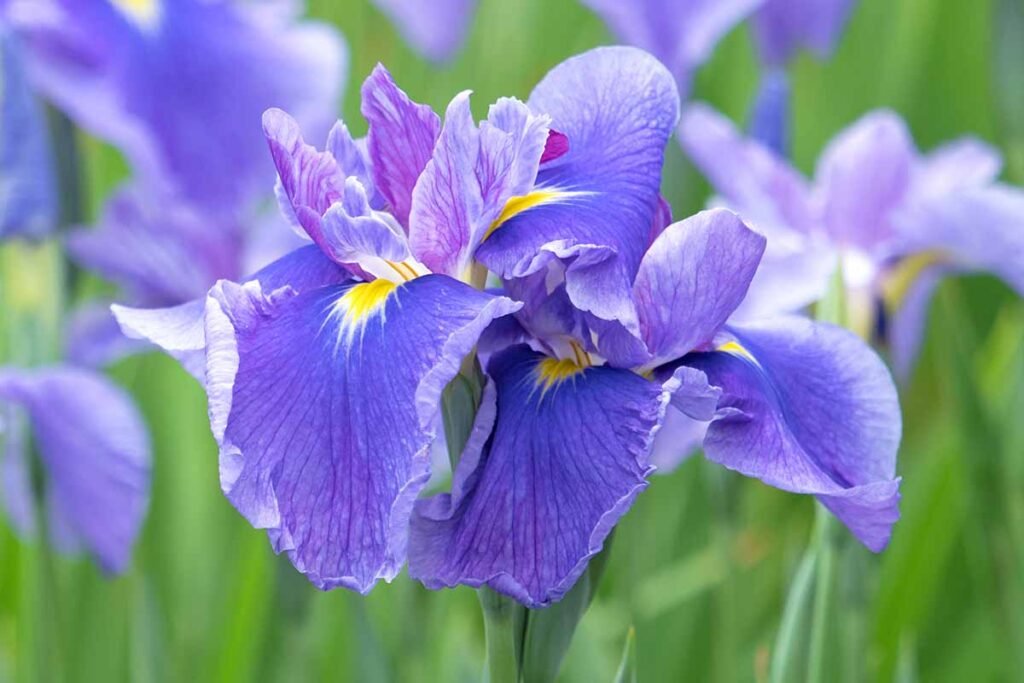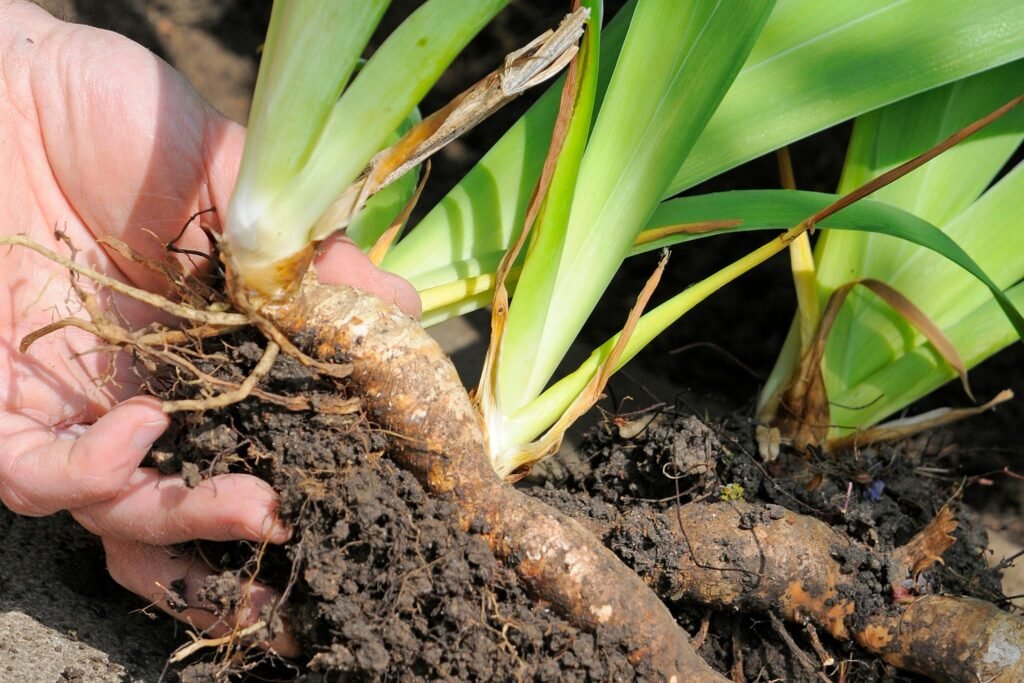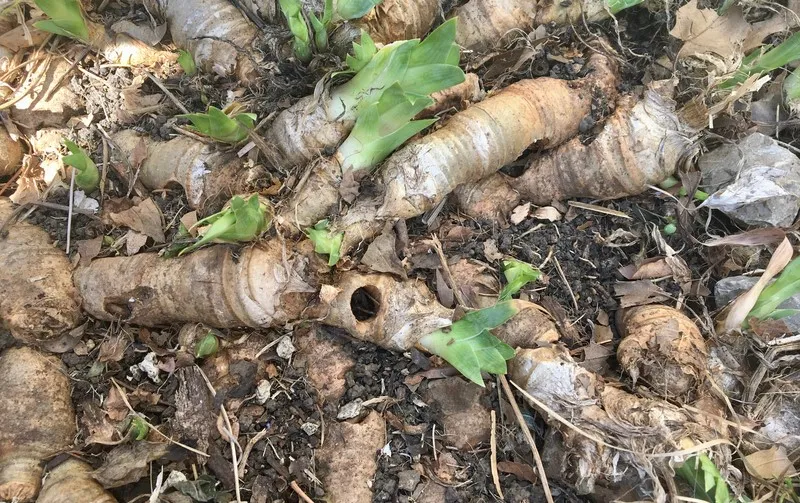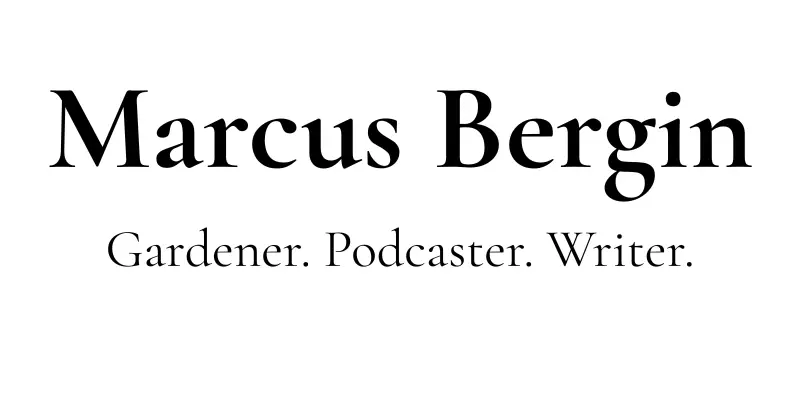
Why Aren’t My Irises Flowering?
Common Reasons and How to Help Them Bloom Again
There’s a quiet kind of majesty to an iris in full bloom. Those ruffled petals catching the sun, the silken folds of indigo, plum, gold or cream rising tall from the clump—they’re like little flags of triumph in the early summer garden.
But every year, like clockwork, the same question pops up in gardening circles:
“Why aren’t my irises flowering?”
If that’s something you’ve been asking yourself this June, you’re not alone. Irises, particularly bearded irises, can be surprisingly particular. But with a little understanding, you can usually work out what’s gone wrong—and give them what they need to bounce back next year.
Let’s take a look at the most common culprits:
1. Planted Too Deep
This is perhaps the most common mistake. Bearded irises have fleshy rhizomes that like to sit at soil level, not buried like a bulb. They need the sun to warm them directly.
If your irises are covered by mulch or soil, or have gradually sunk into the border over time, they may stop blooming altogether.
Solution: In late summer or early autumn, lift the clump. Replant healthy sections of rhizome so they sit just at the surface, with roots spread underneath. Avoid covering them with soil.

2. Too Much Shade
Irises are sun worshippers. Without at least six hours of direct sunlight a day, most types will struggle to flower. You may still get healthy leaves, but no blooms.
Solution: If your irises are shaded out by trees, fences, or shrubs, consider relocating them to a sunnier spot. Full sun really does make a difference.
3. Overcrowding
Irises form dense clumps over time. After about three or four years, the centre of the clump can become woody and unproductive. The result? Lots of green, but few (if any) flowers.
Solution: Lift and divide clumps every few years, ideally in late summer. Discard the old central parts and replant the strong outer sections. Spacing them out helps light and air reach each rhizome.

4. Overfeeding or Underfeeding
Too much nitrogen—especially from general-purpose feeds or rich compost—can encourage leafy growth at the expense of flowers.
Solution: Feed irises with a low-nitrogen, high-potash fertiliser in early spring and just after flowering. Something like bone meal, sulphate of potash, or a balanced slow-release fertiliser will do nicely.
5. Weather and Patience
Sometimes it’s not your fault at all. A cold snap at the wrong time, overly wet weather, or a dry spring can all affect blooming. And newly planted irises often need a year to settle in before flowering properly.
Solution: Give them time. Even well-positioned irises might need a full season to establish. If the rhizomes are firm and the leaves healthy, they’re simply biding their time.
What About Other Types of Iris?
Not all irises behave the same way. Siberian irises (Iris sibirica), for example, don’t have exposed rhizomes and prefer moist but well-drained soil. Their blooming issues are usually related to low nutrients or lack of division.
Japanese irises (Iris ensata) enjoy acidic, moisture-retentive soil and can also stop flowering if they dry out too much or become crowded.
In Summary
If your irises didn’t flower this year:
Check how deep they’re planted
Make sure they’re getting enough sunlight
Divide them if they’re overcrowded
Feed carefully, avoiding high-nitrogen fertilisers
Be patient—sometimes it just takes time
A little bit of iris TLC now could mean a show-stopping display next June. And once they’re happy, irises are generous with their flowers and surprisingly low-maintenance.
If you’re a gardener, whether you’re deep into shade, just getting started, or gardening in a little village plot, I’d love to invite you to join the community. You’ll find us chatting daily in the Shade Gardening Group, the Gardening with Marcus Group, and the local Bishops Cleeve Gardeners Group.
And if you fancy something a bit quieter, where you can settle in with a cuppa, I send out a gentle weekly letter called Dappled Thoughts. It’s full of seasonal musings, extra tips, and the kind of gardening reflections that don’t always fit on Facebook.
You can sign up here if you’d like to receive it.
Happy Gardening.
